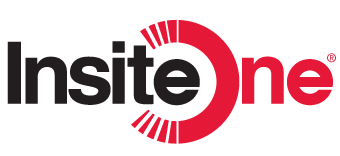PACS versus Vendor Neutral Archive (VNA) first Architecture
When thinking about VNA’s, most people in the radiology industry believe it to be a simple, backend, long-term storage solution to keep all the imaging data from all modalities in a safe place. They believe the VNA to be a support system to the front-end PACS that most of the staff and clinical team deal with every day. This mindset is a PACS-first enterprise imaging architecture.
Healthcare is evolving, and as the government, the people, and healthcare facilities push for more interoperability, PACS-first architecture is not evolving with the times and cannot stand any longer.
What if instead of PACS-first, facilities began with a VNA-first architecture. All the data from the modalities, the PACS, pathology, reports, AI, 3D reconstruction, and more can be stored in one location. From this location, radiology, cardiology, referring physicians, patients, AI (Artificial Intelligence), clinical research and others can access all the data without impacting the network traffic for the radiologists so they maintain quick access from PACS. The VNA is a source of more than just PACS data, with built-in rules and routing to provide access to more than just radiology. With a mass of data stored in a single location, users outside of radiology can benefit from the data. Using a VNA to image enable the EHR provides even more access to other physicians without impacting any departmental PACS performance. For this reason, the PACS vendor and the VNA vendor should be separate. Is a VNA truly “vendor neutral” when using the same vendor? If you decide to switch PACS, would they let you keep the VNA? Is that a separate contract? PACS is built for clinical workflow, for viewing images, and for generating reports. VNA’s are built for security, for mass storage, and now for enabling clinical teams outside of radiology to utilize the important imaging data.



